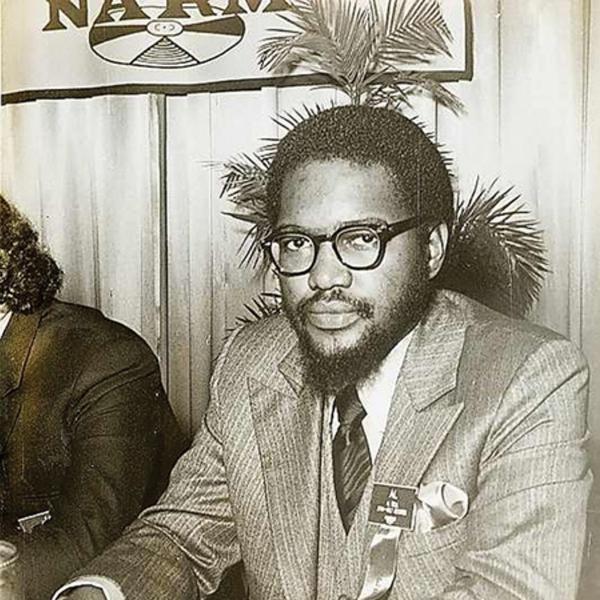“Motown had the sweet. But STAX had the funk”
THE good, the noble, the magnificent. The highs, the lows, a shattering demise felt the world over, a triumphant, phoenix-like rise from the ashes. A beacon of hope for future generations.
The history of STAX Records is covered in astonishing detail at The Stax Museum of American Soul Music, 926 East McLemore Avenue, Memphis.
But this is not just another venue to tick off your ‘to do’ list. The Stax Museum of American Soul Music is a sacred place, and to walk through the legendary doors is a pilgrimage every genuine music fan should undertake at least once.

“STAX was more to me than a record company. It was a movement, a cultural movement, and a spiritual movement.” Al Bell. (Photo (c) American Hit Network)
The museum’s self-guided tour begins with a short film – the emotions, goosebumps and tears kick in long before the house lights dim.
It’s not unusual for visitors to spend the entire day onsite, and with over 2,500 artifacts and photographs relating to the history of American soul music and Stax Records, you’ll do well to cover everything in under three hours.
A comprehensive history of STAX is available here: Home – Stax Museum
A heavily abridged version follows:
BANKER by day, musician by night, Jim Stewart founded Satellite Records in 1957 and soon approached his sister Estelle Axton for further investment. A move into a former movie theatre on McLemore Avenue soon followed and having combined their surnames – STewart and AXton – STAX was born.
The first single arrived in 1960, ‘Cause I Love You,’ a duet between Carla & Rufus Thomas.
926 East McLemore Avenue was where the magic happened. Otis Redding first entered the building in 1962, but not in the guise of a musician, but as a chauffeur for Johnny Jenkins. He pleaded to allow his voice to be heard but was made to wait until the majority of musicians were packing up as their shift ended. Finally, he was handed the microphone. The result? A star was born.
STAX’S songs became popular in Europe, however many of their artists had never been outside Memphis until 1967 when Al Bell, Otis Redding, Eddie Floyd, Carla Thomas, the MGs and the Mar-Keys took off on STAX’S first European Tour where they were welcomed with open arms.
Back at home the world, and STAX, changed forever following the assassination of Dr Martin Luther King Jr at the nearby Lorraine Motel in 1968, the event changing the mindset of the songwriters.
When citizens rioted in the streets after King’s murder, STAX’S building was left untouched, but the studio’s atmosphere as a creative respite with no regards for race was forever altered. An innocence lost.
Estelle Axton left in 1969. The formidable Al Bell was promoted to vice president where he quickly identified STAX needing more than hits if they were going to survive as an independent label. They needed to rebuild their back catalogue and as soon as possible. Without songs, the label would lose its relationships with distributors and the funds it needed to survive.
Bell steered STAX into a prolific period of recording that united STAX’S creative forces in the common goal of getting the label back on its feet, and during the legendary Soul Explosion, 30 singles and 27 albums were recorded in eight months.
Bell approached Isaac Hayes, a long-time STAX songwriter and studio musician, about recording an album as part of the Soul Explosion. Hayes responded with ‘Hot Buttered Soul’ which went on to sell over three million copies, solidifying him as STAX’S biggest new star.
With success came a change of mood, perhaps an inevitable change of direction, and although the label was producing hit records, the studio began to feel less and less like the community centre it once resembled.
Behind the scenes, problems continued to mount. In 1972, STAX’S distribution deal with CBS collapsed and while the label had songs, they had no way to get them into the hands of their customers. Unable to sell records, STAX fell deep into debt.
In 1975, the building was seized and the company forced into involuntary bankruptcy. The label that become the focal point and livelihood of so many suddenly ceased to exist. A year later the master tapes and the rights to release new records under the STAX name were sold at auction to Fantasy Records, the studio eventually demolished in 1989.
By the late 1990s, the once-vibrant neighbourhood that surrounded STAX had fallen into economic and social decay. Not wanting to see Soulsville, USA’s incredible history swallowed by blight, a group of community leaders, philanthropists and former STAX employees formed the Soulsville Foundation to revitalize the area, provide mentoring and music-focused educational opportunities for local children, and in 2003 opened the museum to tell the STAX story.
The Soulsville Foundation is the parent organization for the Stax Museum of American Soul Music, the Stax Music Academy, and the Soulsville Charter School.
“Motown had the sweet. But Stax had the funk.” Rufus Thomas
For further information and the full history of STAX, please visit Home – Stax Museum
(With special thanks to Jayne White and Jeff Kollath.)
(Main photo (c) Memphis Travel)




